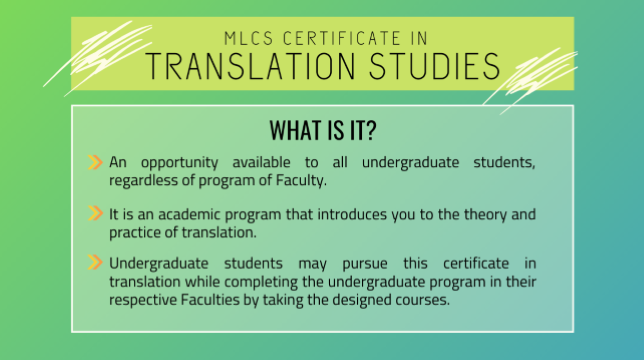

The Arawaks were described as gentle timorous Indians and the Caribs as ferocious cannibal warriors. The island was occupied first by Arawaks, then by Caribs.

Main articles: History of Martinique and French West Indies Pre-European contact According to historian Sydney Daney, the island was called "Jouanacaëra" or "Wanakaera" by the Caribs, which means "the island of iguanas". It is thought that Martinique is a corruption of the Taïno name for the island ( Madiana/Madinina, meaning 'island of flowers', or Matinino, "island of women"), as relayed to Christopher Columbus when he visited the island in 1502.
 3.4 Institutional and statutory evolution of the island. 2.2 European arrival and early colonial period. Virtually the entire population speaks both French (the sole official language) and Martinican Creole. Martinique is also an Outermost Region (OMR) of the European Union and a special territory of the European Union the currency in use is the euro. One of the Windward Islands, it is directly north of Saint Lucia, northwest of Barbados and south of Dominica. It has a land area of 1,128 km 2 (436 sq mi) and a population of 376,480 inhabitants as of January 2016. An integral part of the French Republic, Martinique is located in the Lesser Antilles of the West Indies in the eastern Caribbean Sea. Martinique ( / ˌ m ɑːr t ɪ ˈ n iː k/ MAR-tin- EEK, French: ( listen) Martinican Creole: Matinik or Matnik Kalinago: Madinina or Madiana) is an island and an overseas department/region and single territorial collectivity of France.
3.4 Institutional and statutory evolution of the island. 2.2 European arrival and early colonial period. Virtually the entire population speaks both French (the sole official language) and Martinican Creole. Martinique is also an Outermost Region (OMR) of the European Union and a special territory of the European Union the currency in use is the euro. One of the Windward Islands, it is directly north of Saint Lucia, northwest of Barbados and south of Dominica. It has a land area of 1,128 km 2 (436 sq mi) and a population of 376,480 inhabitants as of January 2016. An integral part of the French Republic, Martinique is located in the Lesser Antilles of the West Indies in the eastern Caribbean Sea. Martinique ( / ˌ m ɑːr t ɪ ˈ n iː k/ MAR-tin- EEK, French: ( listen) Martinican Creole: Matinik or Matnik Kalinago: Madinina or Madiana) is an island and an overseas department/region and single territorial collectivity of France.







 0 kommentar(er)
0 kommentar(er)
